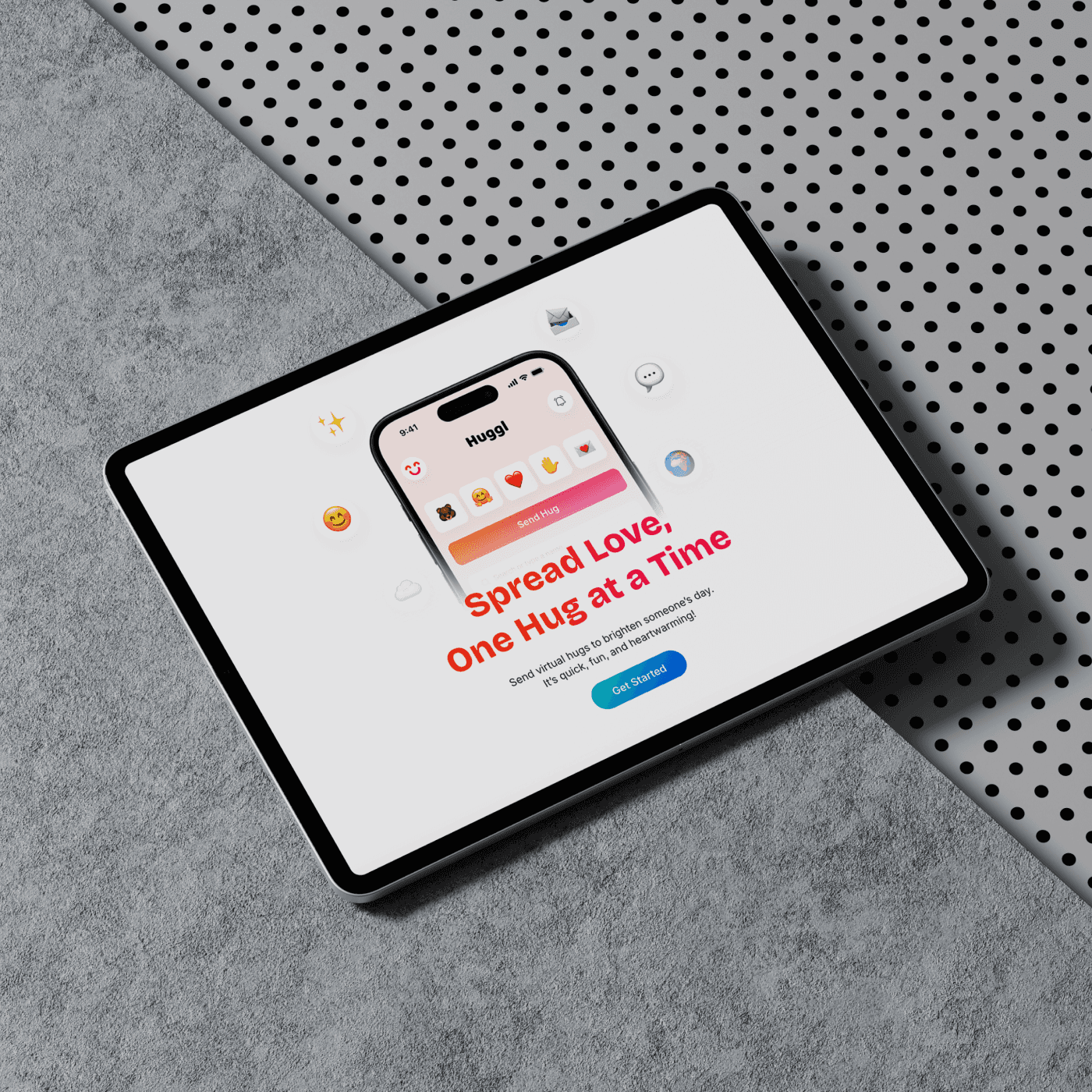
ROI Magnet is a Pune-based performance marketing agency specializing in helping Direct-to-Consumer (D2C) brands grow through data-driven strategies. They offer services like Meta and Google Ads management, Amazon PPC, SEO, and creative development, including video production and Shopify store setup. Their tailored packages—ROI Mini, Pro, and Pro Max—are designed to support e-commerce brands at various growth stages, aiming to improve customer acquisition, retention, and overall revenue. Notably, some of their clients have been featured on Shark Tank India, reflecting their impact in the D2C space.
My Approach
At ROI Magnet, my approach focused on creating a seamless, high-conversion digital experience tailored for D2C brands. I prioritized clarity, usability, and strategic content placement to drive user engagement and highlight the agency’s core offerings. Every design decision—from layout structure to visual hierarchy—was made to enhance trust, communicate value quickly, and guide potential clients toward taking action.

Vision and Innovation
My vision was to design a platform that reflects ROI Magnet’s expertise while delivering a bold, modern experience that builds credibility instantly. I focused on innovation through dynamic layouts, interactive elements, and a clean design language that speaks directly to fast-scaling D2C brands. By blending performance-driven UI with creative storytelling, the site not only informs but also inspires action—positioning ROI Magnet as a results-first, forward-thinking partner in the digital growth space.
Identifying Unique Challenges
As a product and UI/UX designer, the primary challenge was ensuring the design aligned with ROI Magnet’s performance-driven goals while offering a seamless user experience. I had to create a visual identity that was not only engaging but also communicated trust and expertise to potential clients. Another challenge was designing for a diverse audience—balancing the needs of small startups and larger, established D2C brands. Additionally, integrating functional elements like lead forms and conversion tools within a clean, visually appealing layout required careful consideration. Lastly, ensuring responsiveness and optimizing performance for smooth browsing across all devices required fine-tuning to deliver a fast, intuitive user experience.
Resolving Complex Problems
To address the balance between creativity and functionality, I focused on a user-centered design approach, prioritizing clear visual hierarchies and intuitive navigation while incorporating dynamic elements that enhanced engagement. For the diverse audience, I used flexible design components that could be easily customized for various business sizes, ensuring the site met both the needs of startups and established D2C brands. I resolved the challenge of integrating functional elements by ensuring that call-to-action buttons, lead forms, and other conversion tools were placed strategically without disrupting the overall aesthetic. To ensure responsiveness and performance, I employed mobile-first design principles, optimized assets for faster load times, and tested across multiple devices to guarantee a smooth, high-performing user experience.

User-Centric Design
The ROI Magnet website embodies a user-centric design by focusing on simplicity, intuitive navigation, and clear calls-to-action. Every section is strategically placed to guide the user through the agency's services, building trust and encouraging engagement. The layout is clean and easy to navigate, ensuring visitors can quickly find the information they need. By considering the needs of both small startups and established D2C brands, the design offers flexible and accessible content that speaks directly to their goals, improving the overall user experience and driving conversions.
Meeting User Needs
The ROI Magnet website meets user needs by offering a streamlined, intuitive design that makes it easy for visitors to navigate and find relevant information quickly. The content is tailored to address the specific goals of D2C brands, highlighting key services like performance marketing, SEO, and PPC with clear explanations and case studies. The user experience is enhanced with strategic calls-to-action, guiding visitors toward taking the next step—whether that’s reaching out for a consultation or learning more about the agency’s offerings. Additionally, the responsive design ensures a seamless experience across devices, meeting the needs of users regardless of their browsing platform.4o mini
Detailed Pages and Features
Home: A visually striking introduction that highlights your expertise and invites visitors to explore your work.
Chats: A centralized hub for real-time conversations, making it easy to interact with clients or leads and provide timely support.

Campaign: A streamlined section to create, manage, and track marketing campaigns, ensuring every initiative is optimized for success.
Broadcast: A focused page to broadcast targeted messages, keeping your audience informed with relevant updates and promotions.

AI: A space dedicated to AI-driven insights and automation, enhancing the performance of your campaigns and user experience.
Builder: An intuitive tool that allows you to design and customize landing pages and forms, offering a user-friendly experience for quick deployment.
Analytics: A powerful dashboard to track campaign performance, user engagement, and key metrics to inform data-driven decisions.
Data Integration:A section to seamlessly integrate and synchronize data from external platforms, ensuring a cohesive workflow across systems.
Agents:A management page for overseeing support and sales agents, tracking performance, and optimizing team collaboration.
Prospects:A dedicated page to manage and track potential leads, turning prospects into valuable opportunities with personalized engagement.

Accessibility and Optimization
In my UI/UX design approach, I prioritize accessibility by ensuring that all users, including those with disabilities, can navigate the interface with ease. This includes using clear fonts, providing alternative text for images, and designing for screen readers. For optimization, I focus on improving performance by ensuring fast load times, mobile responsiveness, and SEO-friendly structures, which not only enhance user experience but also increase visibility and engagement across platforms.
Conclusion
In conclusion, my UI/UX design approach centers on creating accessible, user-friendly, and optimized experiences. By combining thoughtful accessibility features with performance-driven optimization, I ensure that every design not only meets the needs of a diverse audience but also performs seamlessly across devices. Whether it's streamlining navigation or enhancing site speed, my goal is to deliver an engaging, efficient, and inclusive user experience that drives both user satisfaction and business success.

